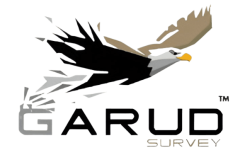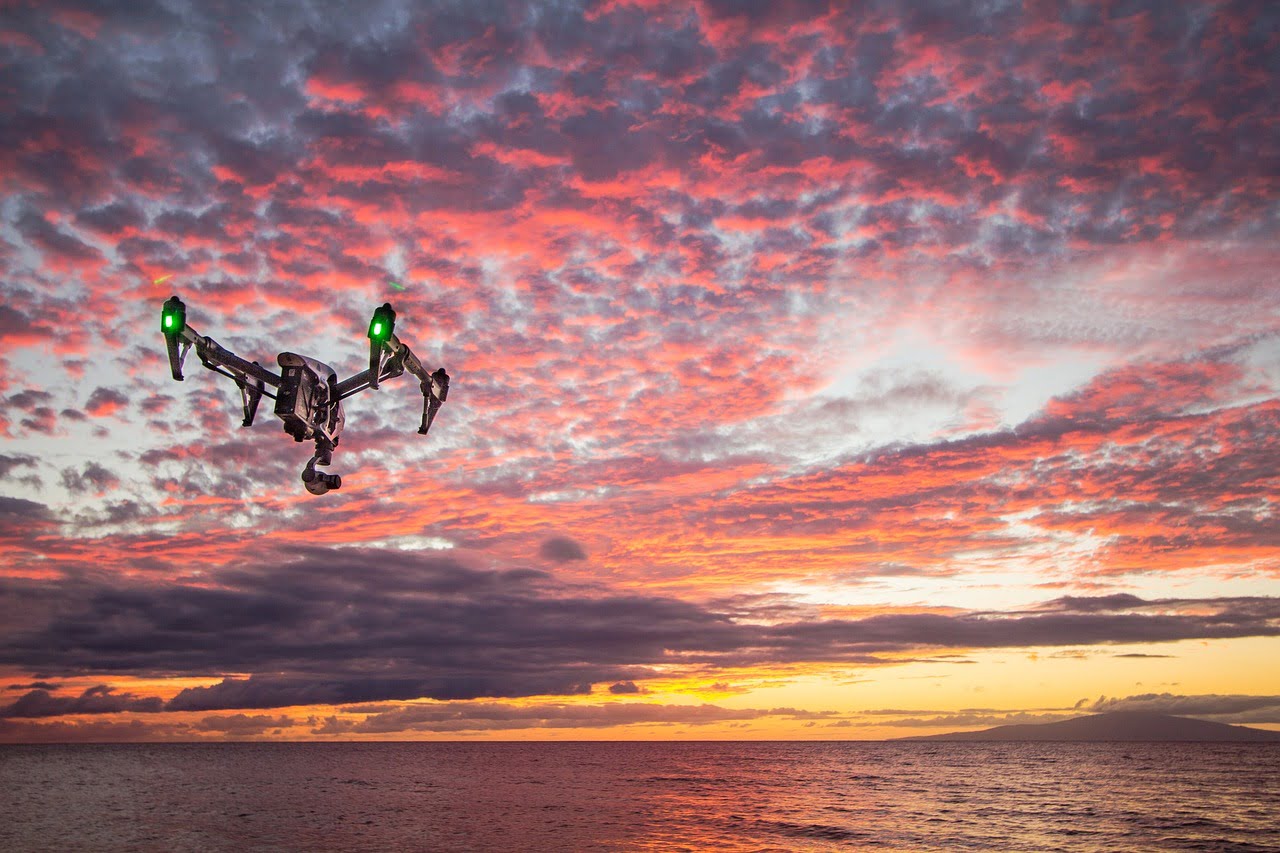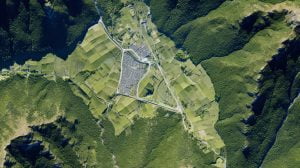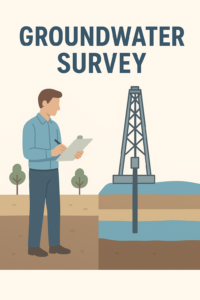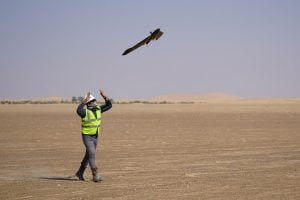Waste management is a crucial component of any industry. Maintaining a clean environment is essential, particularly if you engage in activities that could cause injury. The responsibility of managing waste might be difficult, but drone survey makes it easier and more effective. Drones have emerged as a transformative technology in waste management. Their unique capabilities address many of the challenges associated with legacy waste cleanup.
Collecting Garbage
Countries have recently implemented a sustainable technique for using drones to gather trash from various sites as part of the waste management use of drones. For instance, Spain uses drones to quickly and affordably collect trash from beaches in order to safeguard marine life. When compared to drone surveys, traditional waste management techniques are labor-intensive, ineffective, and somewhat more costly. Not only that but UAVs can also be used to keep an eye out and check specific areas for any instances of factories illegally disposing of their industrial waste. It is possible to record these illegal activities and utilize the evidence against the perpetrators.
Cleaning Power Lines
Drone survey can also be used by waste management companies to clean power lines. Chinese companies are using drones equipped with flamethrowers to burn any trash that is fastened to electrical wires. When cleaning power lines, drones in power line inspections are a safer and more dependable method than manually scaling towers. For garbage management operations, businesses are known to use flamethrowers and drones with advanced sensors. The sector can benefit from improved applications of drone surveys and the Internet of Things (IoT), such as the ability to separate recyclable and non-recyclable waste. For precisely this reason, authorities are adopting unmanned aerial vehicles (UAVs) more often for automated trash management tasks.
Monitoring Waste Treatment
Waste management companies can go one step further with the use of drone survey by using specific drones fitted with cameras to monitor and control waste and water quality. Because water is essential to many industrial processes that generate vast volumes of wastewater, businesses can develop and use the most dependable wastewater treatment techniques.
Controlling Cells
The main goal of a landfill is to efficiently use the available space while saturating a single cell with as much scrap as feasible. This is achieved by figuring out which compaction rate is best for each particular cell. Using drones to survey a dump more precisely allows companies to calculate the compaction rate. Compared to previous methods, the combination of weighbridge data with drone data—which is used to compute waste cell density—results in waste management strategies that are both realistic and economical.
Measuring Landfill Volume
Landfills are required by certain laws and regulations pertaining to waste management practices to keep waste below a set elevation level, which frequently means that specific cells must be overfilled. Landfill operators may now close waste-filled cells without causing contamination to the surrounding area thanks to drone survey. Real-time data from landfills is gathered through thorough UAV scanning and inspection, which helps to produce precise 3D models for more lifelike depiction. Information on landfills can be gathered more affordably and securely with drone-powered systems than with previous approaches.
Tracking the Emissions of Methane
Solid waste landfills are the third-biggest source of increased methane output in the US. Thermal camera-equipped drones are used at landfills to observe the odorless and colorless gas. Companies may monitor and manage methane emissions from a safe distance by using drone technology. Too much methane in the environment is dangerous.
Determining Airspace
Landfills are known to hold the majority of waste below the Top-of-Waste (TOW) level. Waste management companies may choose which specific cells to overfill if it is thought necessary, based on the TOW level. However, there could be disastrous consequences for the areas surrounding the waste if there are any errors in this approach. Waste management firms must therefore justify a precise structure for airspace calculation. A drone survey company voids the usage and can assist in determining the available airspace and overfill possibilities of a cell. In order to visualize the garbage overfill volume and the cross-section of individual cells or the entire landfill, the airspace within the landfill cells is monitored through the use of 3D models.
Monitoring Protected Areas
Ensuring the environmental surroundings around landfills remain safe plays a vital part in waste management systems. Businesses may make sure that recycling centers and landfills don’t contaminate nearby areas by using UAVs. Companies may now effectively and conveniently guarantee the safety of surrounding areas thanks to drones.
Conclusion
Drone Survey has given the diverse waste management business a new standing. Traditional surveying and inspection techniques have been rethought by drones to provide a more effective and cost-effective plan for managing daily operations. Waste management companies no longer need to worry about such an inspection process when it all can be easily done by drone. Leveraging drone survey usage will get reliable and up-to-date information about waste management and ways to avoid it.
